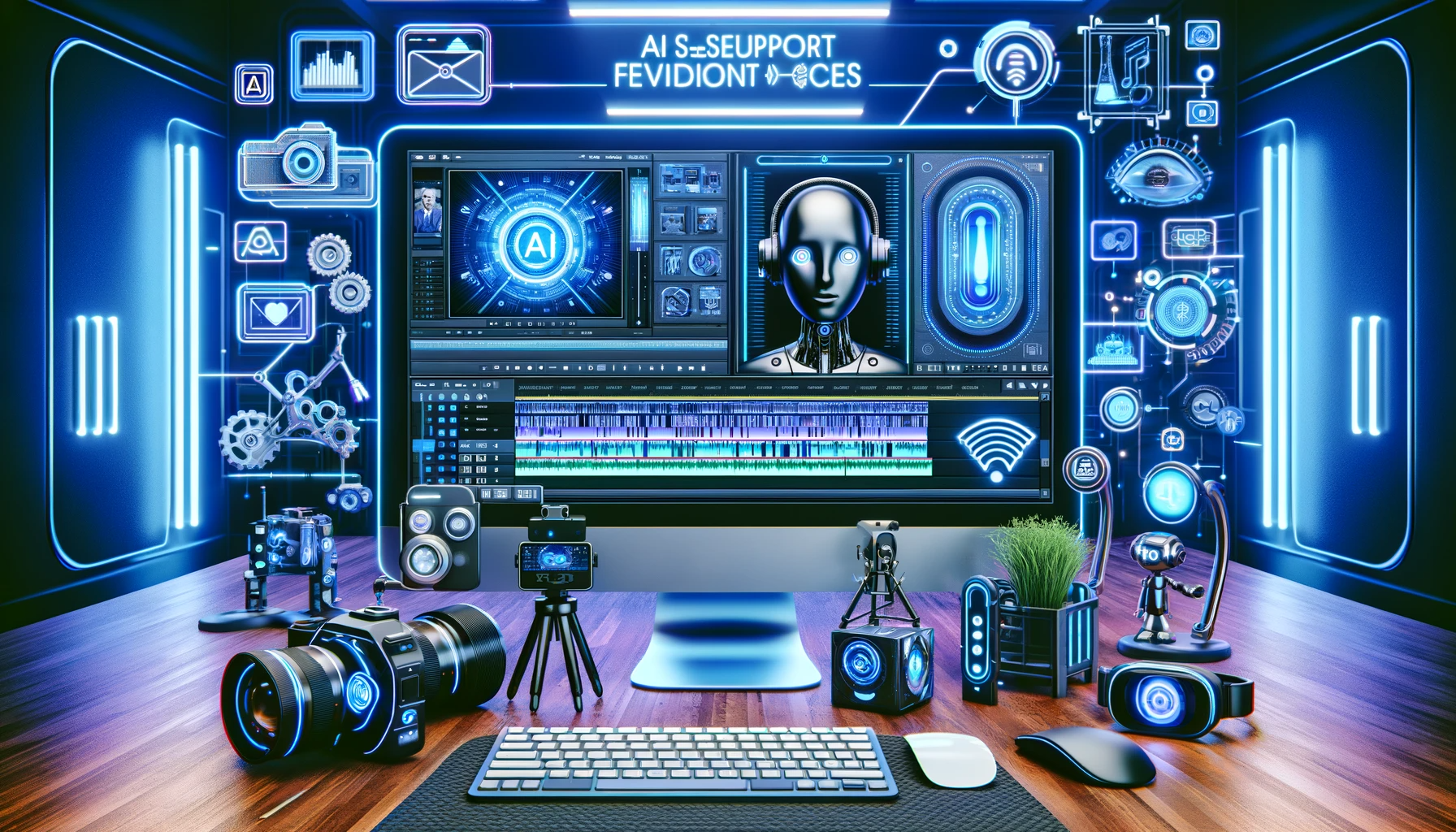2 min read
Does the change of metadata restart the YouTube algorithm?
Example Author Jul 25, 2023 9:00:00 AM

"If you change the title and description of the video, the algorithm will reposition it" - there is probably no person associated with the YouTube platform who has not encountered such a statement. Is it real? How does the YouTube recommendation system work?
There have been many theories about how YouTube's algorithm works, more or less close to the truth. Some have been verified by practice, others have ceased to apply with changes introduced by YouTube engineers who are constantly working on improving the way content is recommended to users.
Especially these last few words should be remembered - the YouTube algorithm finds videos for the user and proposes them in the form of recommendations, and does not match the viewers to the content. This difference, seemingly subtle, is significant in practice. It's not like changing the title or description of a movie will suddenly position it "somewhere higher" and people looking for a given topic will be directed to this movie. Your video will be recommended when people who come across it interact with it.
How does the YouTube recommendation system work? The first, extremely important thing is your search and viewing history. By analyzing the videos that have engaged you the most in the past, YouTube tries to predict what else might be of interest to you.
However, that doesn't mean that if you've been watching westerns and sports shows, that's all you'll see in the recommendations. In addition to your behavior, the algorithm analyzes the activities of millions of people around the world, and if it notices that many Western viewers also watch horror movies, and sports enthusiasts like reviews of electronic gadgets, then even though you have never looked for such things yourself, you can see them in recommendations. How long this content will be recommended to you depends on your behavior towards it…
Once the algorithm recommends something to you, it analyzes your interaction with the suggested material. The first action examined is whether, seeing the thumbnail and title, you decided to enable the video in question. And just a few years ago, it was the number of plays of the material that was its main driving force for further recommendations. Unfortunately, this led to a number of abuses in the covers and metadata, so the watch time and percentage of views of a given video took precedence over views.
The longer users watch a given material, the greater the chance that the algorithm will recommend it further. Similarly, a large number of views ending with a quick shutdown of the video is a signal to the machine that this material should not be promoted.
Another important indicator is the “likes” or comments left by users, which indicate a high level of engagement with the topic. In turn, an avalanche of "thumbs down" can push the film into search engine oblivion.
So let's go back to the original question, does changing the title or thumbnail reposition the video, putting it higher in some mythical "algorithm ladder"? The answer is… no. However, a more visually appealing cover plus an inviting title gives you a better chance that once someone comes across your video, they will play it. Then, the next analyzed step will be the previously described behavior of users who decided to watch your video.
And one more thing worth emphasizing. It happens that the involvement of people who watch your video is at a good level. The average view percentage is high, there are a lot of "thumbs up" and favorable comments under the video, and yet YouTube does not recommend it further. Does this mean the algorithm is broken? Again, the answer is no. The reasons may be different. I myself would pay attention to the seasonality of certain topics and various trends. Perhaps at this moment, users are looking for other things and they occupy places in recommendations. Or maybe other videos in your area are doing even better than yours? Then they will be recommended by YouTube, at the expense of your video.
However, not to end on a pessimistic note… The fact that your video is not currently “snapped” by YouTube users does not mean that it will not become popular in a month or even a year. If the algorithm detects sudden interest in your topic and then desired viewer interaction with your video, it can start recommending that video at any time.







